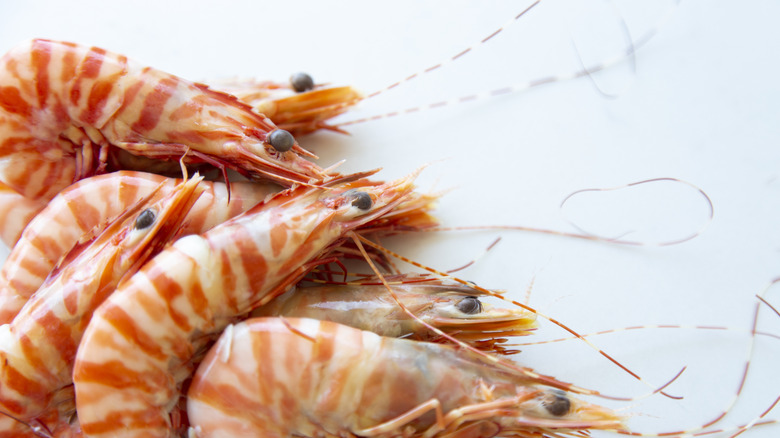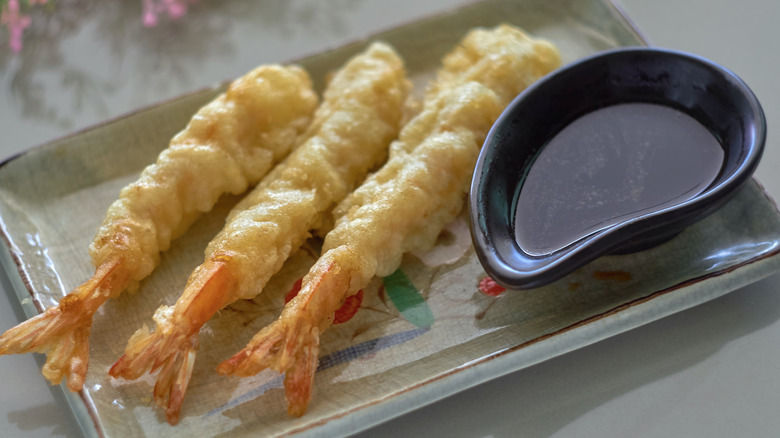Cook Flawless Shrimp With This Knife Move Chefs Swear By
Picture a shrimp in your mind. Chances are, the creature you're imagining has the hunched-over posture of a stereotypical computer hacker. When you plop that shrimp in a pan with butter and garlic, it curls up even tighter.
No one's going to judge you for cooking curly shrimp, but the bent-over shape can make it hard to cook them evenly or get flavors to penetrate all the way through. The Takeout asked chef Maricel Gentile for advice. Gentile owns Maricel's Kitchen, an East Brunswick space which offers cooking classes, curated dinners, and catering. She's also the author of Maricel's Simply Asian Cookbook.
The answer? Butterflying: A technique where you slice the shrimp lengthwise and splay them out flat. "Butterflying shrimp helps them cook more evenly and quickly," she says. The technique helps improve the flavor, too. "When the shrimp is split open, it has more surface area, which allows marinades and seasonings to penetrate better."
You'll probably need to devein the shrimp anyway, and butterflying will only add a few extra minutes to the routine. "I usually peel and devein first, then make a shallow cut along the back from head to tail, being careful not to slice all the way through," Gentile says. "I gently press the shrimp open so it lies flat. It is simple but makes a big difference in both taste and presentation." Don't stop at shrimp: Chicken breasts and hot dogs can also benefit from the butterfly treatment.
The advanced shrimp-slicing technique that tempura chefs use
Butterflying shrimp makes for good fundamentals, but Gentile has another trick up her sleeve. Ever wonder how tempura chefs get those bendy little buggers to lay ramrod-straight? If you need an easy solution, Gentile says you can use skewers. But, she adds, that's not how Japanese tempura shrimp is made. "Japanese chefs have a 'secret' method that is even more elegant," she explains. "This one was taught to me by beloved friend in Japan, Chef Yuka."
So, what's the secret? For restaurant quality tempura, make careful crosswise cuts along the bottom of the shrimp. "By making a few tiny, almost invisible cuts along the belly of the shrimp, then gently pressing and stretching the shrimp until you feel the tendons release, the shrimp stays beautifully straight on its own," Gentile says. If you do it right, the shrimp will snap — just like a cracked knuckle. "That is how you know it worked," she explains.
"It's not always that pronounced," Gentile says, but she notes you'll definitely notice the difference on larger shrimp. "No skewers needed. Just a simple, graceful technique passed down through generations of tempura chefs," she says. "Now you can impress your friends."

